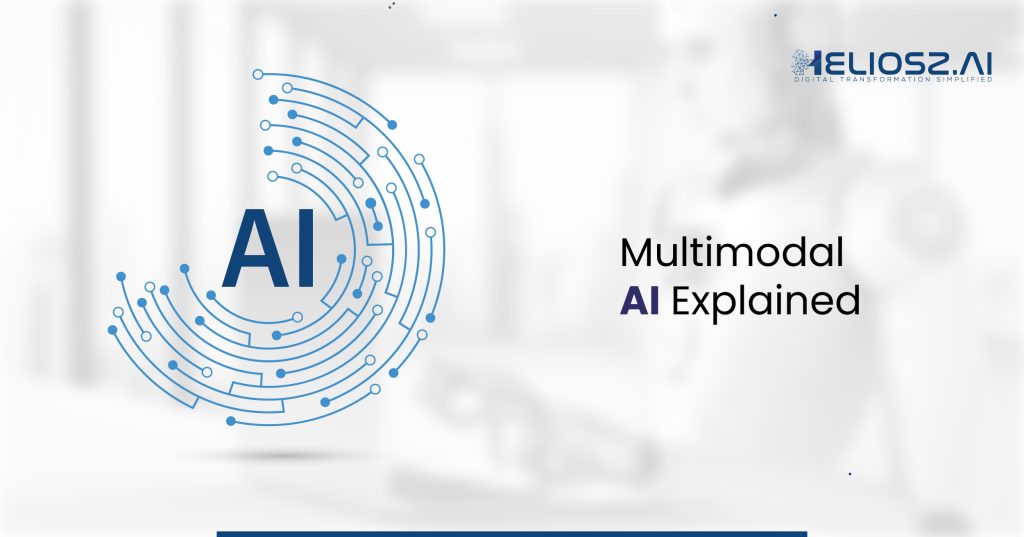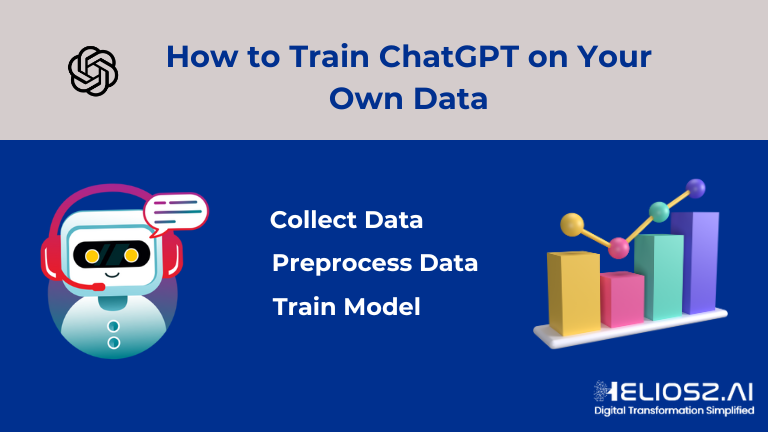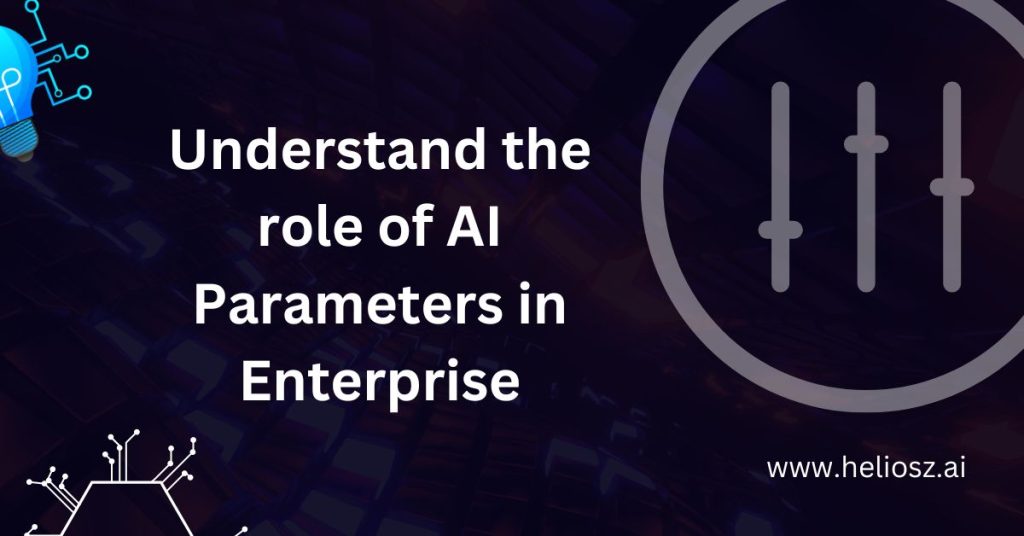
Artificial intelligence has forever been linked to text generation and processing—chatbots, search, and recommend systems all rely heavily on natural language processing (NLP). But the future of AI is not entirely about words. With multimodal AI gaining traction, machines are gaining the capacity to understand and interact with the world in the same way that humans do through a rich combination of text, images, audio, and video.
Multimodal AI represents a paradigm shift in the way computers ingest and respond to input, bringing us toward the dawn of genuinely intelligent machines that can recognize the context, tone, and nuance of real-world information.
Let’s discuss multimodal AI models and their technologies in this informative article in more detail!
What is Multimodal AI?
Multimodal AI is artificial intelligence that has the ability to understand and interpret data from multiple sources, or “modalities,” including text, pictures, audio, and video, simultaneously. In contrast to typical AI systems that are specialized in one sort of input, such a chat system that can only analyze text, multimodal AI mixes multiple data sources to provide a more comprehensive view of a scenario or query. This lets it do complex jobs like generating images from text, posing queries from films, or using natural language to describe visuals. These features are combined in multimodal AI to help achieve more human-like and contextually aware interactions with technology.
How Does Multimodal AI Work?
The integration of several data types, including text, images, audio, and video, into a single, coherent model that can comprehend and make sense of a range of inputs is the basis of multimodal artificial intelligence. This integration enables artificial intelligence (AI) to better understand complex, real-world scenarios than single-modal systems by mimicking human perception and interaction with the environment.
Modality-Based Input Handling
First processed individually using specialized neural networks. Each modality—text, images, audio—is first processed individually into feature representations before being combined.
- Transformers and other language models help text be understood by grasping grammar, semantics, and context.
- Convolutional neural networks (CNNs) or vision transformers (ViTs) extract shapes, colors, and objects to help analyze images.
- Usually using spectrograms and either recurrent or convolutional networks, audio is filtered to pick patterns like tone and pitch.
- Video is typically processed using transformer-based models with temporal attention or, in earlier approaches, 3D CNNs to extract motion and scene dynamics.
Feature Extraction in Action
From every kind of input, the model generates high-level features—numeric representations that capture salient data. Consider:
- One could see a picture as a vector capturing objects, colors, and layout.
- One could turn a sentence into a contextual embedding reflecting its tone and meaning.
These characteristics help one to grasp every modality.
Fusion Across Multiple Modes
Multimodal AI is based on this. Following feature extraction, they are fused or combined into a common representation space. There are various methods to accomplish this:
- Early Fusion: Early-stage features (not raw data) from various modalities are combined before deeper processing.
- Late Fusion: The outputs of each modality independent processing are combined at the decision-level.
By combining inputs in intermediate stages, joint fusion (also known as cross-attention) enables the model to understand the ways in which various modalities interact. For instance, it may be learned that a somber tone and a dejected expression frequently go hand in hand.
Techniques like fine-tuning and prompt engineering, along with cross-attention mechanisms, are used by advanced models to enable the AI to dynamically weigh the text, image, or audio element that are most pertinent to a particular task.
Using Multimodal Datasets for Training
Large datasets that combine inputs from several modalities are used to train multimodal models. Among the examples are:
- Pairs of images and captions (such as in LAION or MS COCO)
- Spoken audio or a video with subtitles
- Datasets of audio-visual emotions
- Data that follows instructions by fusing text prompts with screenshots or diagrams
The model gains the ability to identify commonalities among these modalities. For example, it can learn the textual meaning of the word “sunset” and its visual representation, bringing the two into alignment with its internal knowledge.
Learning to Multitask
Many multimodal models are trained to do multiple tasks, overcoming typical machine learning challenges such as creating text from audio, captioning images, or responding to questions about videos. This lessens the need for distinct models for every task and aids in the model’s generalization across various applications.
Generation of Output
The model produces a response in one or more modalities, depending on the use case:
- Text (such as responding to a query regarding an image)
- Image (for instance, creating a picture in response to a prompt)
- Video (such as turning a story into a video)
- Audio (such as speaking a scene description)
Compared to single-modality models, the output is more accurate and nuanced because it is contextually informed by all pertinent inputs.
Key Technologies Behind Multimodal AI
The Foundation of Multimodal Models: Transformers
Transformer architectures, crucial to building scalable AI systems, were initially created for NLP and are now the basis for numerous multimodal systems. Transformers evaluate the significance of various elements in a sequence, such as words in a sentence or pixels in an image, using self-attention mechanisms.
- This idea is applied to images by Vision Transformers (ViT), which divide them into patches and process them in a manner akin to that of text analysis
- This is further extended by multimodal transformers, which use cross-modal attention mechanisms to learn how various input types (such as text and images) relate to one another.
- These models enable AI to comprehend the relationship between a caption and an image or the alignment of spoken words with video content.
Mechanisms of Cross-Modal Attention and Fusion
Effective alignment and fusion of various modalities is essential to multimodal AI. This is accomplished by:
- Cross-modal attention: depending on the context, the model learns to focus on the most pertinent aspects of each modality. For instance, depending on the question, the model may concentrate on a particular area of an image when answering visual questions.
- Joint embeddings enable the AI to comprehend the semantic relationship between inputs from various modalities by projecting them into a common space.
- For tasks like creating captions, visual storytelling, or recognizing sarcasm in memes, this combination is crucial.
Contrastive Learning
Contrastive learning is a self-supervised learning technique that teaches models to understand which data pairs belong together and which do not. A standout example is CLIP (Contrastive Language–Image Pretraining) from OpenAI.
- In CLIP, the model is trained to match images with their correct textual descriptions while distinguishing them from incorrect ones.
- This approach enables zero-shot learning, where the model can perform tasks. It wasn’t explicitly trained for classifying unseen images based on textual prompts.
- Contrastive learning helps bridge the gap between visual and textual understanding without relying heavily on labeled data.
Embeddings that are multimodal
- Multimodal embeddings are shared vector spaces that allow for meaningful comparisons between various data types, such as a sentence and a picture.
- Models can use these embeddings to ascertain the semantic similarity between the image of the same scene and the phrase “a cat on a couch.”
- Embeddings enable the generation of captions, the detection of anomalies in video streams, and the retrieval of pertinent images from text by representing multiple modalities in the same space.
Using Large Multimodal Datasets for Pretraining
Multimodal models are pretrained on extensive datasets that blend modalities, much like language models are pretrained on enormous text sets.
- Datasets with image captions (e.g., COCO, LAION)
- Video-text datasets (like YouCook2 and HowTo100M)
- Audio-visual datasets, such as AVSpeech and AudioSet
By exposing the model to real-world situations, these rich and varied datasets enable it to pick up intricate patterns across inputs and perform well when applied to new tasks.
Few-Shot Learning and Multitasking
Multimodal models frequently include multitask learning, in which they are trained to manage multiple tasks at once, including question answering, image captioning, translation, and classification. This expands the model’s capabilities and increases its adaptability.
Furthermore, because few-shot or zero-shot learning techniques have a thorough understanding of multiple modalities, they enable models to generalize to new tasks with little to no additional training.
Popular Multimodal AI Models
CLIP (Contrastive Language–Image Pretraining) – OpenAI
Launched: 2021
Modalities: Text + Images
Key Feature: Contrastive learning for image-text alignment
CLIP is one of the foundational models in modern multimodal AI. It was trained to connect images and text by learning which captions accurately describe which images. Unlike traditional image classifiers, CLIP can recognize, and label images based on natural language prompts—even if it has never seen those specific categories before.
Use Cases:
- Zero-shot image classification
- Content filtering
- Image search and retrieval
- Meme understanding
DALL·E Series – OpenAI
Launched: 2021 (DALL·E), 2022 (DALL·E 2), 2023 (DALL·E 3)
Modalities: Text → Image
Key Feature: Image generation from detailed natural language descriptions
DALL·E is designed to generate high-quality, coherent images from textual prompts. The third version, DALL·E 3, is deeply integrated with models like ChatGPT, allowing users to refine visual content through dialogue. It excels at generating complex scenes, stylized art, and imaginative visuals.
Use Cases:
- Creative content generation
- Product design and prototyping
- Marketing visuals
- Educational illustrations
Flamingo – DeepMind
Launched: 2022
Modalities: Text + Images + Video
Key Feature: Visual-language reasoning with few-shot learning
Flamingo is a multimodal model trained to process sequences of images and text. It’s particularly powerful in tasks that require contextual understanding across both modalities, such as answering questions about videos or interpreting diagrams with accompanying explanations.
Use Cases:
- Video Q&A
- Interactive storytelling
- Visual documentation analysis
- Science education
GPT-4 with Vision – OpenAI
Launched: 2023
Modalities: Text + Images (input) → Text (output) (with image generation via DALL·E in some integrated applications)
Key Feature: Visual reasoning integrated with advanced language understanding
GPT-4 with Vision is an extension of the GPT-4 architecture that incorporates visual inputs alongside text. It can analyze and reason about images, enabling better decision-making through AI data management, including interpreting graphs, reading screenshots, describing scenes, and solving visual puzzles. While it retains the powerful language capabilities of GPT-4, the addition of visual understanding allows for more comprehensive and context-aware interactions. In platforms like ChatGPT, it is also integrated with DALL·E for image generation, enabling both interpretation and creation within a single multimodal experience.
Use Cases:
- Accessibility tools (e.g., image descriptions for visually impaired)
- Image-based problem solving
- Technical document parsing
- Instructional feedback on diagrams and math problems
Gemini (formerly Bard) – Google DeepMind
Launched: 2023 (rebranded in 2024)
Modalities: Text + Images + Audio + Code
Key Feature: Native multimodal processing with advanced reasoning
Gemini is Google’s most ambitious multimodal AI model, positioned as a direct competitor to the GPT-4. It’s designed from the ground up to handle multiple data types, including spoken language, images, and even structured data. Gemini emphasizes real-time interaction, robust understanding, and seamless multimodal integration.
Use Cases:
- Live multimodal assistance
- Interactive research and summarization
- Audio transcription and analysis
- Data interpretation and visualization
ImageBind – Meta AI
Launched: 2023
Modalities: Text + Image + Audio + Depth + Thermal + IMU (inertial measurement)
Key Feature: Universal embedding across six sensory inputs
ImageBind is a bold step toward universal perception in AI. It creates a shared embedding space for six very different types of data, allowing it to understand and relate concepts across audio, vision, and physical movement. It’s still in the early stages of real-world adoption but represents a major leap in AI’s ability to unify diverse information streams.
Use Cases:
- Robotics
- Augmented and virtual reality
- Sensory fusion applications
- Smart surveillance
PaLM-E – Google Research
Launched: 2023
Modalities: Text + Images + Sensor Data (especially for robotics)
Key Feature: Multimodal large language model integrated into robotic systems
PaLM-E (Embodied PaLM) is a large language model designed specifically for real-world robotic tasks. It can understand both instructions and visual context, enabling robots to perform complex actions like navigating rooms, recognizing objects, or interacting with humans in natural ways.
Use Cases:
- Robotics and automation
- Home assistants
- Warehouse logistics
- Elderly care support
Conclusion
A significant advancement in artificial intelligence is multimodal AI, which allows systems to process and comprehend data from text, images, video, and other sources. These models can accomplish more difficult tasks, provide AI-driven business insights, and produce more intuitive user interfaces by bridging the gap between various data types.
Prominent models like GPT-4, CLIP, and Gemini show that the future of AI will depend on how well it integrates various modalities. Even though there are still many problems to be resolved, particularly in the areas of ethics, bias, and transparency, there is still a lot of room for innovation. Multimodal AI is altering machines’ perceptions of the world while also improving their cognitive abilities.


